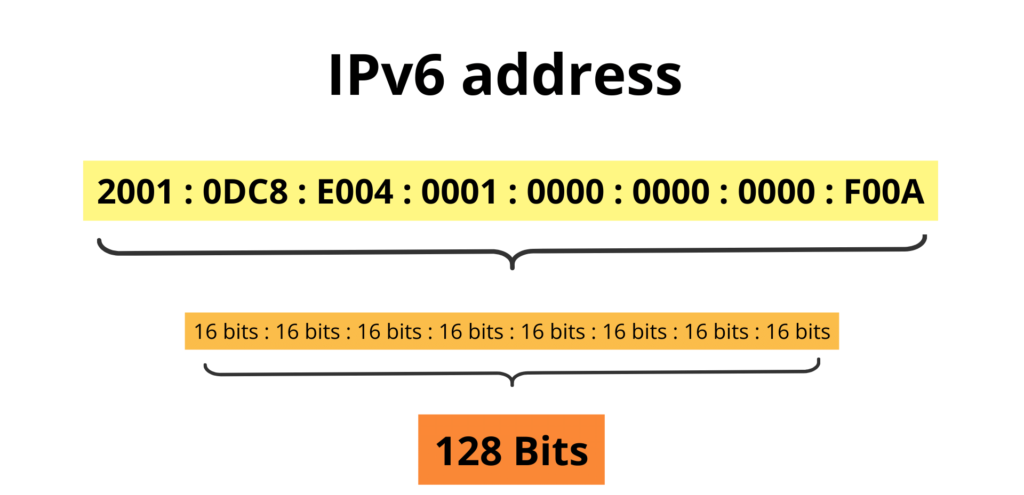Introduction: Internet Protocol version 6 (IPv6) is a pivotal technology that plays a crucial role in shaping the future of the internet. However, as organizations and individuals transition from IPv4 to IPv6, various performance issues can arise. These issues often stem from the complexities inherent in IPv6‘s architecture and its interaction with existing network infrastructures. In this article, we will explore the common performance issues associated with IPv6 and provide practical solutions to overcome these challenges, ensuring a smoother and more efficient transition to this next-generation protocol.
IPv6 Performance Issues:
While IPv6 offers numerous benefits over its predecessor, IPv4, its adoption is not without challenges. Some of the most common performance issues associated with IPv6 include the following:
- Slow Connection Speeds: One of the most frequently reported issues with IPv6 is slower connection speeds compared to IPv4. This can occur due to the additional processing required for IPv6 packets, which have a more complex header structure. Additionally, some networks may not be fully optimized for IPv6 traffic, leading to inefficiencies in routing and data transmission. This issue is particularly noticeable in environments where both IPv4 and IPv6 are used concurrently, as the dual-stack approach can introduce latency.
- DNS Issues: Domain Name System (DNS) services are critical for translating domain names into IP addresses. However, with the introduction of IPv6, some users have encountered delays or connectivity issues related to DNS. These problems often arise from inconsistencies between IPv6 and IPv4 DNS records, or from DNS servers that are not fully configured to handle IPv6 queries. As a result, users may experience longer load times when accessing websites or services that rely on DNS resolution.
- MTU (Maximum Transmission Unit) Issues: The Maximum Transmission Unit (MTU) defines the largest packet size that can be transmitted over a network. In IPv6 networks, MTU discrepancies can lead to issues such as packet fragmentation, where large packets are divided into smaller fragments for transmission. This fragmentation process can reduce overall connection speeds and increase the likelihood of packet loss, particularly in networks that are not properly configured to handle varying MTU sizes.
- Routing Issues: IPv6 introduces more complex routing algorithms compared to IPv4, which can lead to performance challenges in certain networks. Large-scale networks, in particular, may struggle with accurately routing IPv6 traffic due to the increased size of routing tables and the need for more sophisticated routing protocols. These issues can result in delays, increased latency, and reduced overall network performance if not properly addressed.
- Security and Leakage Concerns: IPv6’s distinct security model offers enhancements over IPv4, but it also introduces new vulnerabilities. Misconfigured security settings or a lack of understanding of IPv6-specific features can lead to data leakage or expose networks to cyber threats. For instance, the use of default configurations or failure to implement proper IPsec protocols can leave IPv6 networks vulnerable to attacks, compromising both performance and security.

Solutions to IPv6 Performance Issues:
Addressing the performance issues associated with IPv6 requires a comprehensive approach that includes infrastructure improvements, proper configuration, and ongoing monitoring. Here are some key solutions to consider:
- Infrastructure and Network Optimization: To enhance IPv6 performance, it is essential to optimize the underlying network infrastructure. This includes upgrading network hardware to support IPv6 more efficiently, implementing advanced routing protocols, and ensuring that all network components are fully compatible with IPv6. Additionally, network administrators should regularly review and update their infrastructure to eliminate any bottlenecks or inefficiencies that could impact performance.
- Correct DNS Configuration: Proper DNS configuration is crucial for resolving IPv6-related issues. This involves ensuring that DNS servers are configured to handle both IPv4 and IPv6 queries effectively. Administrators should also verify that DNS records are accurate and up-to-date, as inconsistencies can lead to delays and connectivity problems. Implementing DNSSEC (Domain Name System Security Extensions) can further enhance the security and reliability of DNS services in IPv6 environments.
- Review MTU Settings: Aligning or adjusting MTU values across the network can resolve issues related to packet transmission and fragmentation. Network administrators should ensure that MTU settings are consistent throughout the network to prevent fragmentation and its associated performance degradation. In some cases, increasing the MTU size may be necessary to accommodate larger IPv6 packets, thereby improving overall network efficiency.
- Improvement of Routing Tables: Optimizing routing tables and algorithms is key to addressing routing-related performance issues in IPv6 networks. This may involve implementing hierarchical routing strategies to reduce the size of routing tables and enhance routing efficiency. Additionally, network administrators should regularly audit and update routing protocols to ensure they are optimized for IPv6 traffic, particularly in large-scale networks where routing complexity is higher.
- Updating Firewalls and Software: Employing IPv6-compatible firewalls and security software is essential for maintaining network security while mitigating performance issues. Firewalls should be configured to handle IPv6 traffic effectively, with rules and policies tailored to the unique characteristics of IPv6. Additionally, ensuring that all security software is up-to-date and capable of supporting IPv6 can help prevent security vulnerabilities and improve overall network performance.
Conclusion:
IPv6 performance issues can often be resolved through proper configuration, management, and infrastructure enhancements. By addressing these challenges proactively, organizations can ensure a smoother transition to IPv6, ultimately leading to a more secure, efficient, and scalable internet. Continuous efforts to identify and mitigate performance issues are essential for the successful adoption of IPv6, paving the way for the future of digital communication. As businesses and network administrators embrace IPv6, they will be better positioned to leverage the full potential of this next-generation protocol, driving innovation and growth in an increasingly interconnected world.




